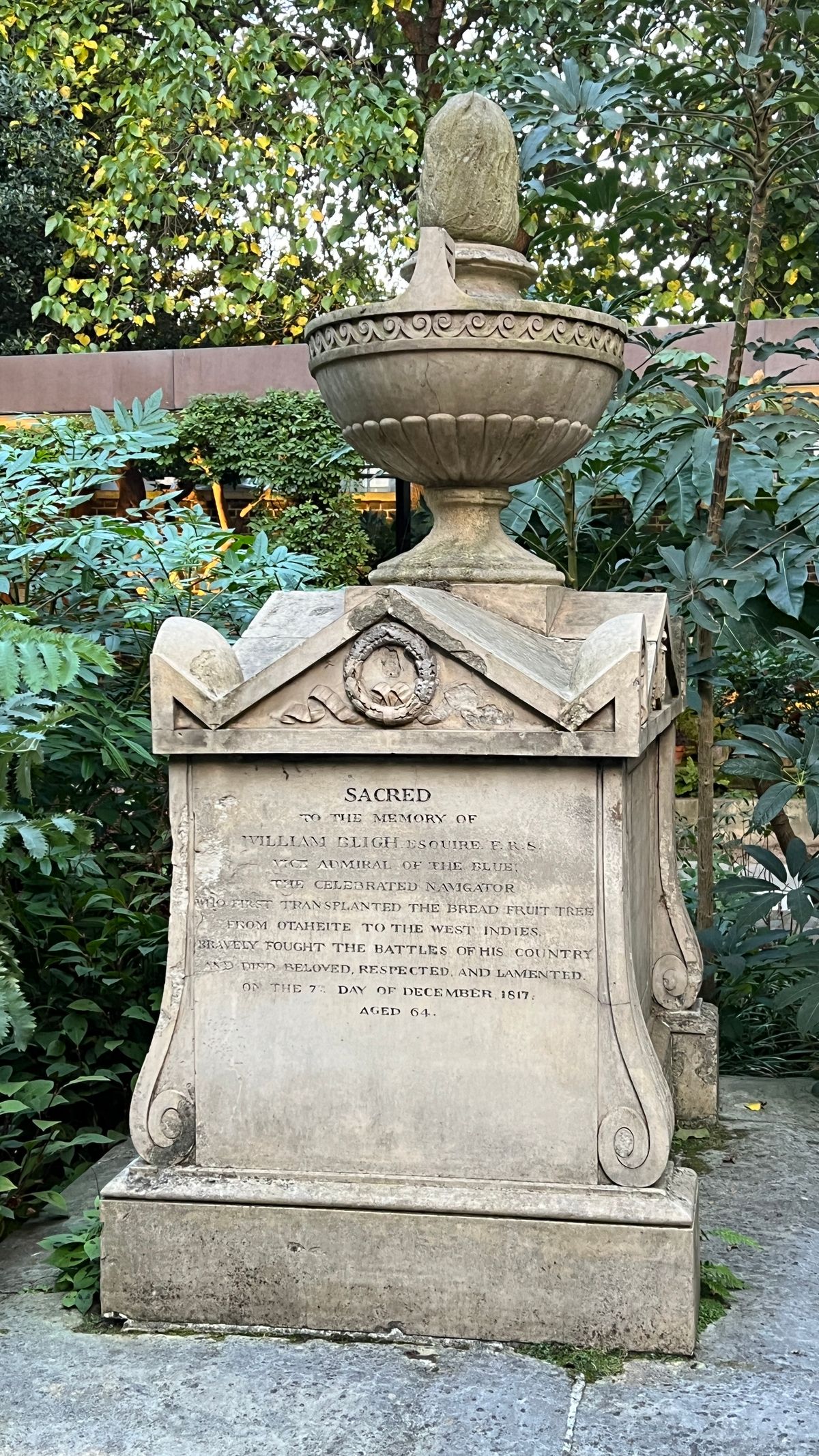About
"Know then my own Dear Betsy, that I have lost the Bounty...on the 28 April at day light in the morning Christian having the morning watch. He with several others came into my Cabin while I was a Sleep, and seizing me, holding naked Bayonets at my Breast, tied my Hands behind my back, and threatened instant destruction if I uttered a word..."
-William Bligh to his wife, c. June 1791
The dramatic uprising and mutiny on the HMS Bounty, made famous in both novels and films was just the beginning of William Bligh's extraordinary adventure of perseverance, survival, and revenge.
Left stranded on the ship's tiny launch with 18 loyal crew members, Bligh led his men on an almost unbelievable 47-day voyage across the open seas, using only dead reckoning to determine the path. Astonishingly, they arrived successfully in East Timor, having crossed 3,618 nautical miles. Bligh immediately reported the mutiny, and began to make his way back to London to clear his name, and destroy the mutineers'.
The HMS Bounty had been sent out in search of breadfruit, a fruit native to Tahiti, which it had been suggested could be cheaply grown and used to feed slaves in the West Indies. Tahiti had proven to hold much finer charms than the flavorless breadfruit, leaving the crew enraptured by the local women's beauty and the seemingly friendly and easy way of life.
On April 28, 18 mutineers took control of the Bounty, set the Captain and men adrift, and eventually took her to Pitcairn Island to begin a new life of ease in the tropics.
Back in London, Bligh was officially exonerated of the charges, and history has painted a picture of a standard officer of the Navy, no harsher a captain than most, but thanks to the fictional depictions, his legacy remains synonymous with cruel and unjust leadership nonetheless. The mutineers' lives on Pitcairn turned out to be much less idyllic than they had hoped, and violence and death came quickly to their little community. Just five years later, when a ship finally visited Pitcairn and discovered the story, there was only one survivor of the original mutineers.
Bligh died in London in December, 1817, and was buried at what was then St. Mary's Church, his family's local parish church. It is now the Garden Museum, and Bligh's tomb is surrounded by lovely plantings.
Bligh's former home is also a historic landmark located nearby at 100 Lambeth Road in London. The wreck of the Bounty can still be seen by divers off the coast of Pitcairn Island.
Related Tags
Know Before You Go
The tomb lies in a courtyard just inside of The Garden Museum's Cafe. Entrance into the cafe is free, the museum has an admission scheme. Located on the Southbank, look for the church tower on the eastern side of the Lambeth Road roundabout. Open from 10:30 a.m - 5 p.m.
Community Contributors
Published
February 4, 2013































